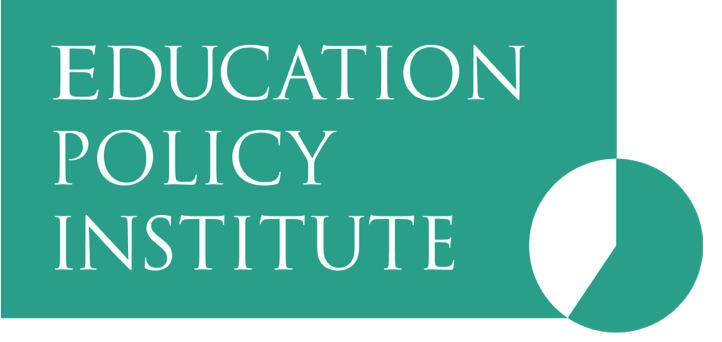Back in May, we reported on the very high absence statistics that the Department for Education published for the autumn term of 2022/23. We were concerned at the time that absences hadn’t shown signs of coming down in the aftermath of the pandemic, with all three headline measures hitting historic highs.[1] Today we provide further commentary on the more detailed data that has recently been published for the same term on the pupils worst affected by absences since 2019.
We follow the same approach as in our previous blog and have created an ‘excess absence’ measure which compares the average number of days absent in autumn 2022 data (in pink) to autumn 2019 (green) to get a sense of how far we are from pre-pandemic norms for different groups of pupils.[2] We then split this gap measure into one of three reasons (in shades of grey) to help distinguish between illness as a driver of higher absence, as opposed to other authorised reasons or unauthorised absences.
Two groups stand out as being worst affected since 2019: disadvantaged pupils [3] and children with special educational needs. As these groups also entered the pandemic with some of the highest levels of absence, it appears that absence is widening educational inequalities for these particular groups.

